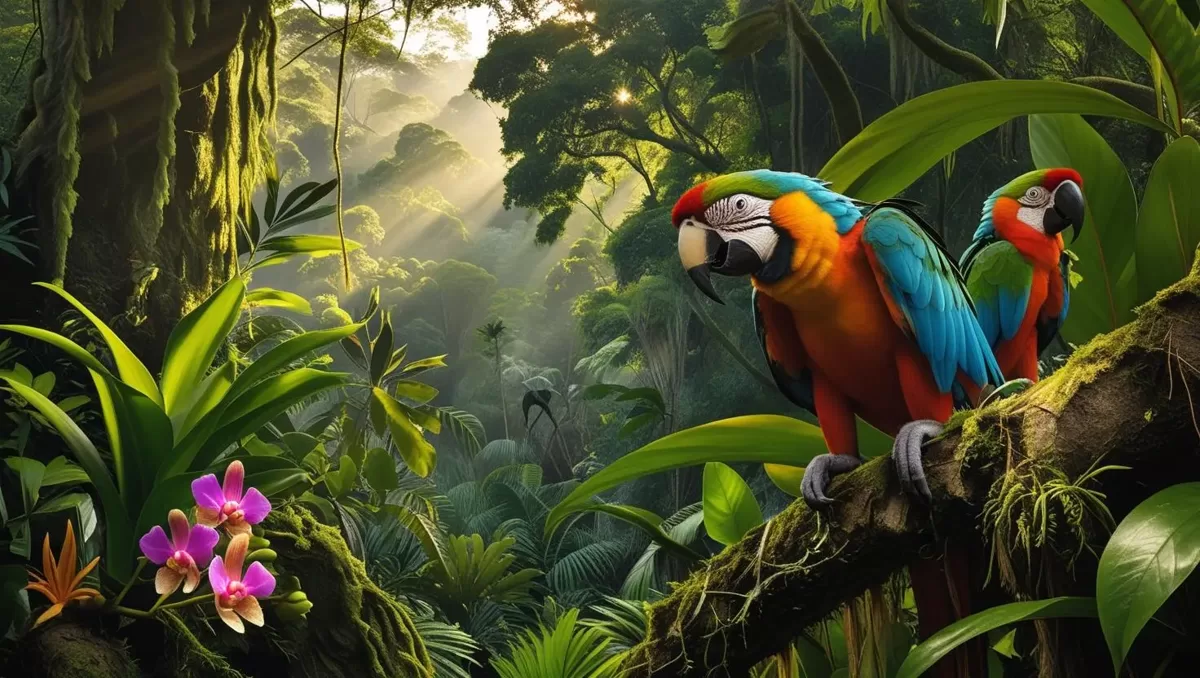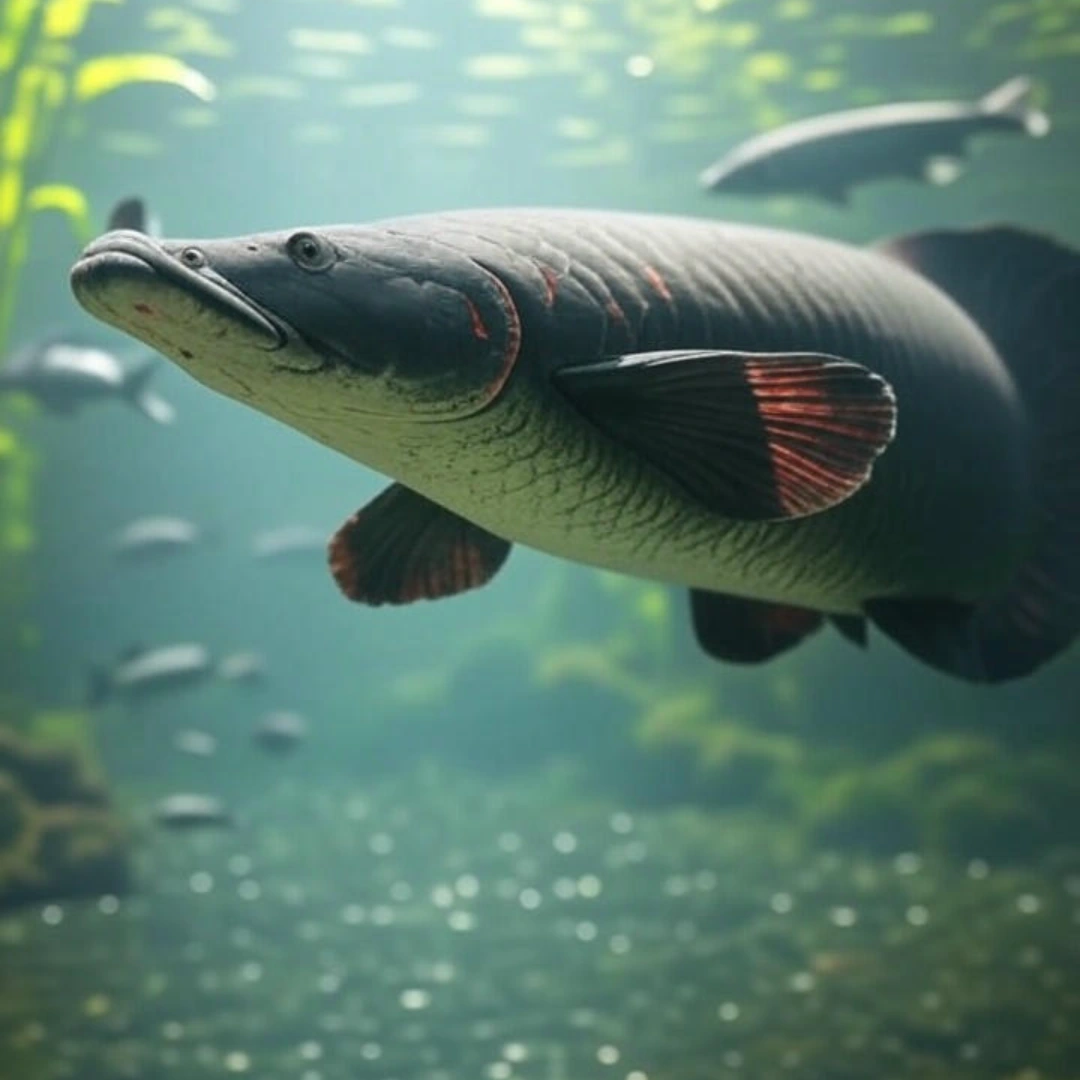Peruvian Amazon - flora and fauna
A Unique Freshwater Giant
The Peruvian Amazon is home to a diverse array of flora and fauna, including the giant river fish known as the paiche. The paiche, also known as the arapaima or pirarucu, is the largest freshwater fish in the world and can grow up to 9 feet long and weigh over 400 pounds.
Cultural and Economic Importance
Paiche is an important species for the indigenous communities in the region, who have been harvesting it sustainably for centuries. However, the paiche has also faced overfishing in recent years due to increased demand for its meat and its use in the international gourmet food trade.
Conservation Efforts
To address this issue, the Peruvian government has implemented regulations to protect the paiche and promote sustainable fishing practices. These regulations include minimum size limits for caught paiche, restrictions on fishing during breeding season, and the establishment of paiche farms for aquaculture.
Biodiversity of the Peruvian Amazon
Rich Fauna
In addition to the paiche, the Peruvian Amazon is also home to a variety of other unique species. The region is known for its diverse bird population, including macaws, parrots, and toucans. Other notable animals found in the Amazon include jaguars, river dolphins, and the black caiman, the largest predator in the Amazon.
Diverse Flora
The flora of the Peruvian Amazon is just as diverse as its fauna, with over 14,000 plant species identified in the region. One of the most famous is the Victoria amazonica, a giant water lily with leaves that can grow up to 10 feet in diameter. The region is also home to a variety of medicinal plants used by indigenous communities for centuries.
Threats to the Amazon Rainforest
However, the Amazon rainforest faces many threats, including deforestation, mining, and illegal logging. These activities not only harm the flora and fauna of the region but also have a significant impact on global climate change. It is therefore crucial to protect the Amazon and its unique biodiversity for future generations.
Learn more about our Peru business expertise /about-us/
Explore our jungle land investment opportunities /land-for-sale/
View our current sustainable projects /projects/
View featured investment property /amazon-eco-retreat-peru-investment/

